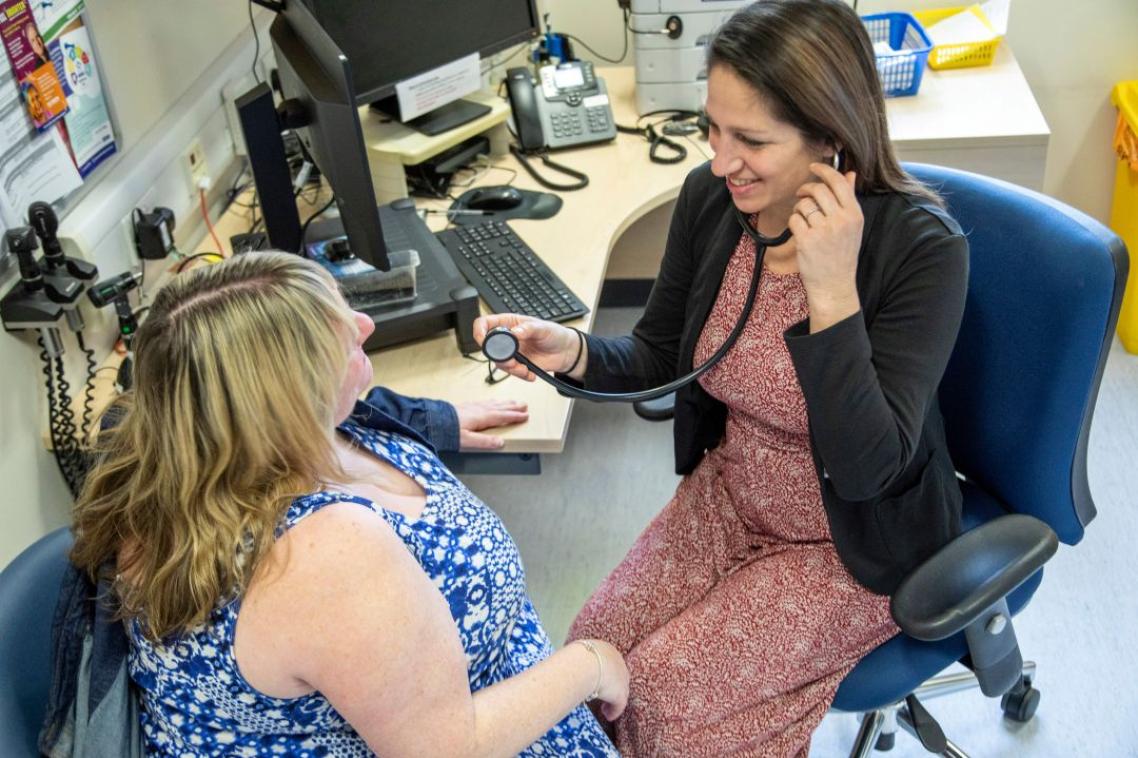National guidelines to revolutionise concussion treatment

(Photo credit: Mark Adams/Adobe. )
Key points
- These are the first Australia and New Zealand specific guidelines for all forms of concussion from injury to recovery.
- About 50 per cent of people with concussion do not receive the care they need.
- The guidelines will be implemented across Australian and New Zealand healthcare systems with an initiative called Mind the Gap.
Treatment of concussion and mild traumatic brain injury will be transformed with new national clinical guidelines and a model of care specific to Australia and New Zealand.
University of Queensland researchers led the development of the guidelines along with an education program to help address a ‘knowledge gap’.
Paediatric neurologist, Professor Karen Barlow of UQ’s Child Health Research Centre, said about 50 per cent of people with these injuries did not receive the care they needed.
“General practitioners and healthcare practitioners are crucial in concussion care but often lack confidence in managing recovery,’’ she said.
“There is currently a gap in knowledge among clinicians and patients, despite strong evidence-based recommendations for improving concussion outcomes.
“About 40 per cent of general practitioners don’t feel confident managing concussion when symptoms persist.’’
The new guidelines address all aspects and complications of concussion from injury to recovery and will be implemented across Australian and New Zealand healthcare systems thanks to an initiative called Mind the Gap.
Professor Barlow said there was currently inconsistent care in concussion treatment, particularly for children, rural communities and underserved populations.
“Australians are asking for more consistency in care,’’ Professor Barlow said.
“This new model of care will improve patient outcomes, particularly among vulnerable communities.
“Mind the Gap is a holistic model that will improve concussion care, utilising technology to improve concussion education for the patient and the clinician.’’
Each year, about 240,000 people in Australia and New Zealand require medical attention for concussions, at an estimated annual cost of $100 million.
Concussion occurs in all age groups, with children and young adults having the highest incidence.
It is most frequently caused by falls and motor vehicle accidents, as well as in contact sports, domestic violence and assaults.
Patients and families will help design and test every aspect of the model, which will include a web-based best-practice care guide for clinicians and patients, and a tool to support shared decision-making.
Professor Barlow’s perspective article about the new Australian and New Zealand concussion guidelines is published in Medical Journal of Australia.
Collaboration and acknowledgements
The Australia and New Zealand concussion guidelines and Mind the Gap are funded from Medical Research Future Fund grants and are supported by Queensland Health, Connectivity Traumatic Brain Injury Australia, and a multidisciplinary team of Australian and international experts in neurology, emergency medicine, sports science and implementation research. The guidelines are available to the public and all health practitioners at: anzconcussionguidelines.comTopics
Related articles

Nature versus nurture question addressed in landmark study

A better way to assess cardiovascular health
Media contact
UQ Communications
communications@uq.edu.au
+61 429 056 139
